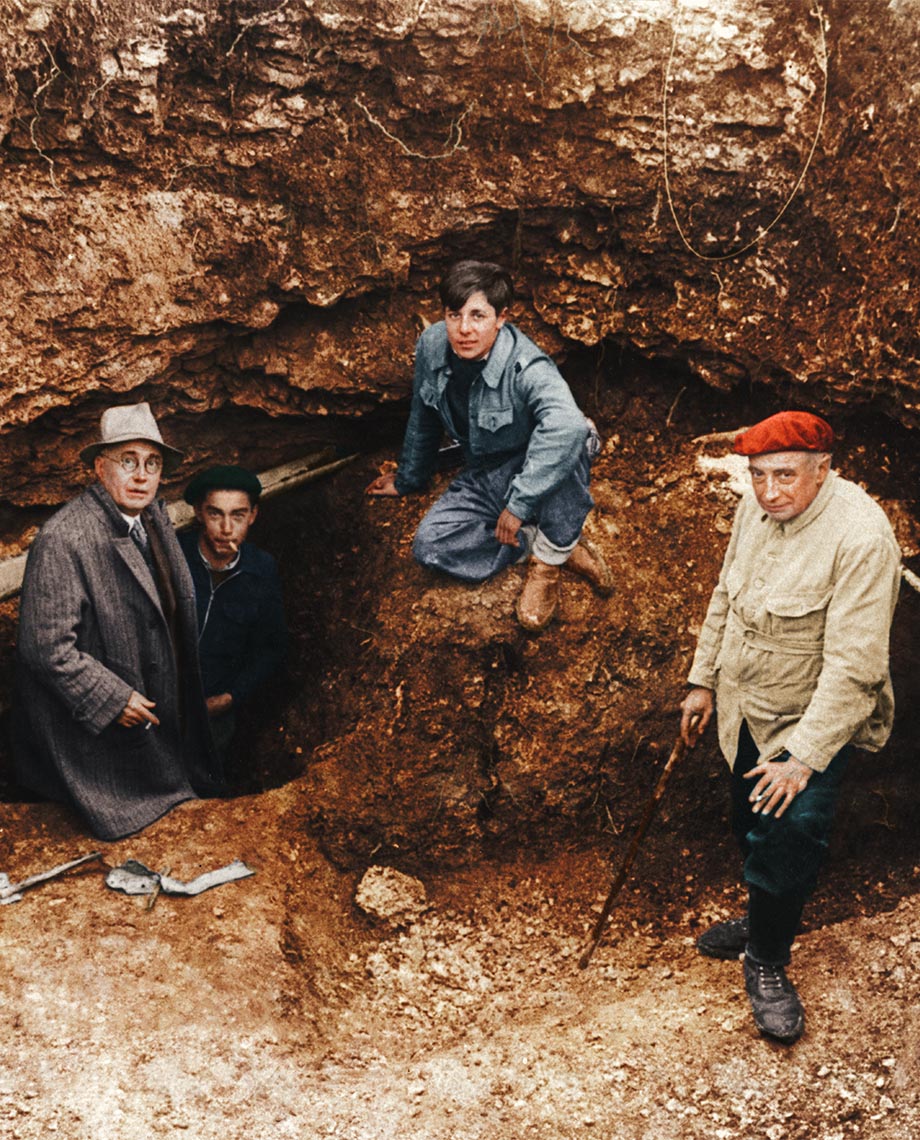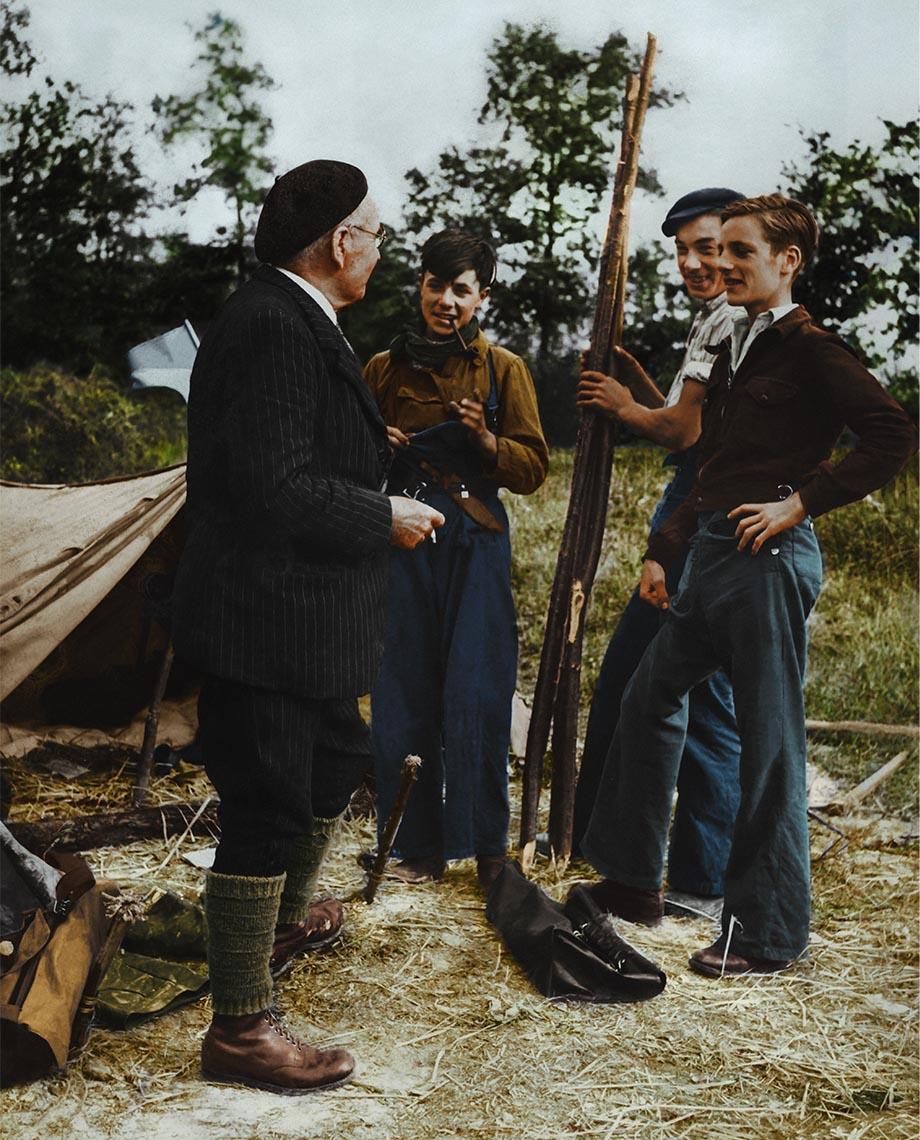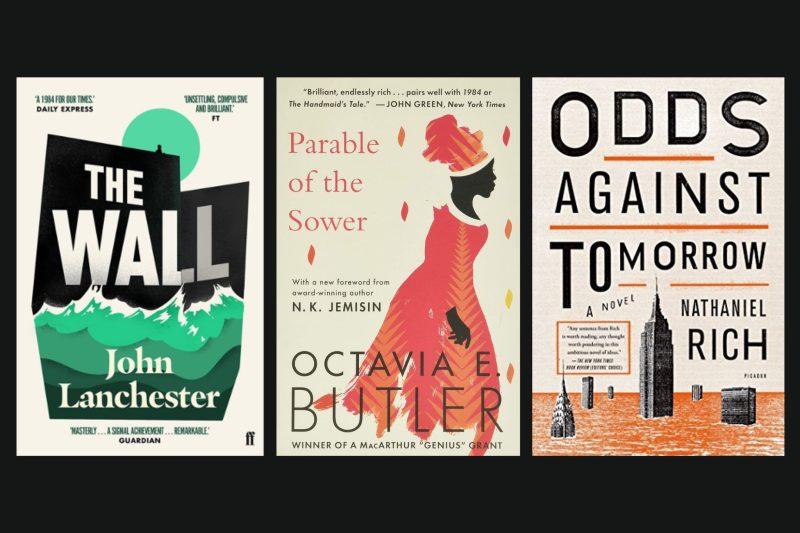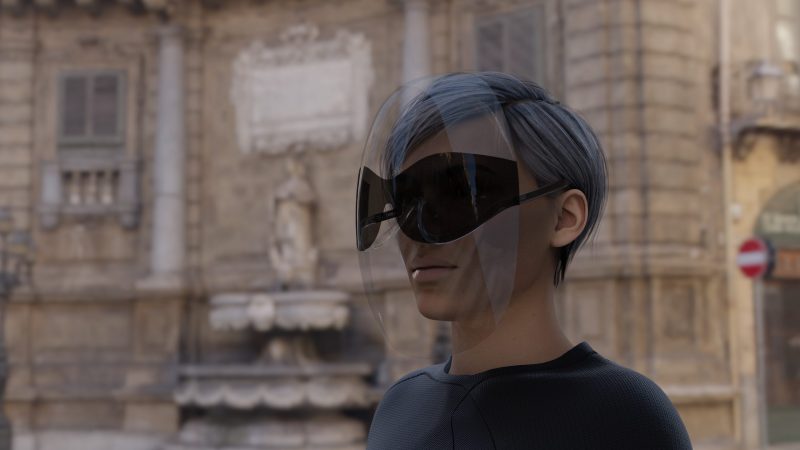A growing body of research suggests storytelling is an evolutionary adaptation that performs at least six species-level functions.
On 8 September 1940, 18-year-old Marcel Ravidat was walking in woods near Lascaux in south-west France when his dog Robot discovered a large hole left by an uprooted tree. Knowing of a local story about a secret tunnel, Marcel raced to find his friends Jacques, Georges and Simon. The boys returned to the spot with rope and an oil lantern. They dragged away earth and roots and clambered down the narrow shaft emerging into a giant chamber. As the light from their lamp flickered, stags, bison and horses came to life on the cave walls tossing their heads and flicking their tails.
The boys had made one of the most extraordinary archaeological discoveries of all time. The cave was a Stone Age cinema – an early example of people bringing stories to life with moving images. On one wall, a sequence of horses morphs into a single galloping horse in lamp light. The effect seems to have been intentional since engraved discs of bone that produce flipbook-style animations when spun on string were found on the cave floor along with around 100 small stone lamps.
Another wall shows a wounded bison with its guts spilling out, a woolly rhinoceros, a bird on what might be a stick and a man with what might be an erection. A story is unfolding but – without the human narrator – it’s anyone’s guess what it is.
Storytelling for Marketers
The Wonderful Wizard of OzStorytelling for Leaders
Moby DickStorytelling For Lawyers
Alice’s Adventures in Wonderland








